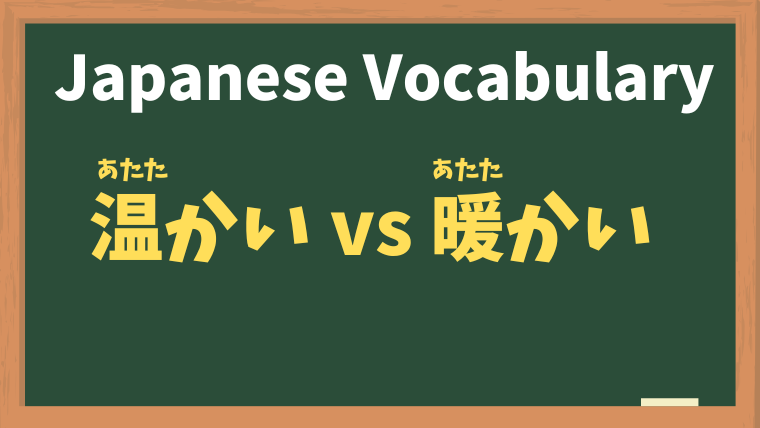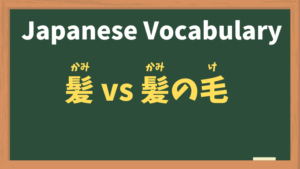
Contents
1. Introduction
In Japanese, both 「温かい」 (atatakai) and 「暖かい」 (atatakai) mean "warm," but each has distinct uses. Knowing when to use each term can help you express different kinds of warmth naturally. This article explains the differences and provides examples for clear understanding.
2. The Basics of 「温かい」 and 「暖かい」
「温かい」 (atatakai) — Used for Physical Objects and Emotions
「温かい」 generally describes warmth that can be felt directly on objects, like food or hands, or warmth that conveys a comforting or kind feeling, like a person’s heart.
- Usage Context:
Use 「温かい」 for things that are physically warm to the touch or for emotions and atmospheres that feel comforting or gentle. - Examples:
- 温かいスープ — "warm soup"
- 温かい手 — "warm hands"
- 温かい心 — "a warm heart"
- 温かい雰囲気 — "a warm atmosphere"
「暖かい」 (atatakai) — Used for Air Temperature and Environments
「暖かい」 describes the warmth of the surrounding environment, such as the weather or the air in a room.
- Usage Context:
Use 「暖かい」 for describing the ambient warmth you feel from the weather, seasons, or places with comfortable temperatures. - Examples:
- 暖かい部屋 — "a warm room"
- 暖かい日 — "a warm day"
- 春の暖かさ — "the warmth of spring"
3. Summary Chart of 「温かい」 vs. 「暖かい」
| Term | Used for | Examples |
|---|---|---|
| 温かい | Objects and emotions | 温かいスープ (warm soup), 温かい心 (warm heart) |
| 暖かい | Air temperature and environments | 暖かい日 (warm day), 暖かい部屋 (warm room) |
温かい

暖かい

4. Choosing the Right Term: Practical Tips
- Use 「温かい」 when referring to the warmth of objects or conveying emotional warmth.
- Use 「暖かい」 when describing the temperature of the air or environment around you.






